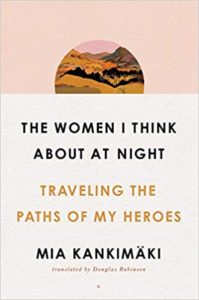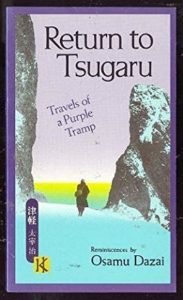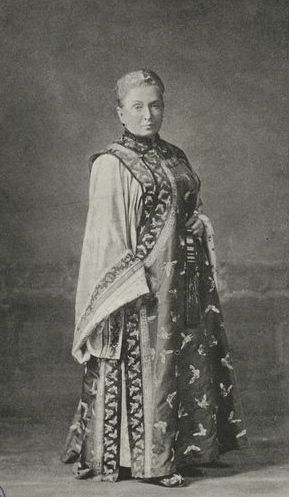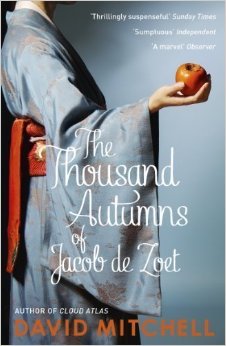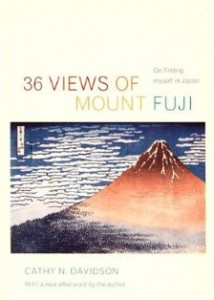Shunga – Erotic Art in Japan
Rosina Buckland
Shunga, “spring pictures”, are erotic images from Japan – mainly woodblock prints, but also paintings – that had their heyday during the Edo period (1603 – 1868). They depict all forms of love-making among the ordinary people from Japan’s urban centers who were also the main audience for these images. Shunga live not only by their stylized depictions of sex – greatly enlarged genitals, clothing or hairstyles that indicate the status of the portrayed persons – but also by their lively commentary that is included in the picture and lets the viewer listen to the conversation of the couple.
This large-scale book presents a history of shunga in the Edo period while explaining the meaning behind the illustrations that are given. It also lists a number of famous ukiyo-e artists who have produced shunga at some point (or throughout) their career, like Harunobu, Hokusai, Utamaro, and others. It provides a deeper insight into shunga that goes beyond the erotic aspect. The accompanying 140 illustrations are beautifully reproduced pieces taken mostly from the British Museum’s collection. The famous Hokusai print with the woman and the octopus is included, of course.
I enjoyed learning about shunga. It is interesting that the vast majority of these images deal with consensual sex, and when prostitutes are depicted, they are always involved in a clandestine meeting with their secret lover instead of a client. In general, satisfying the woman seems to have been very important in real life too, and female sensual bliss is indicated by her curled toes in the images.
Rosina Buckland is currently the curator of the Japanese collections of the British Museum.
Whether you’re interested in the images or the historical background of shunga, this book is worth it either way. Get it from amazon.


